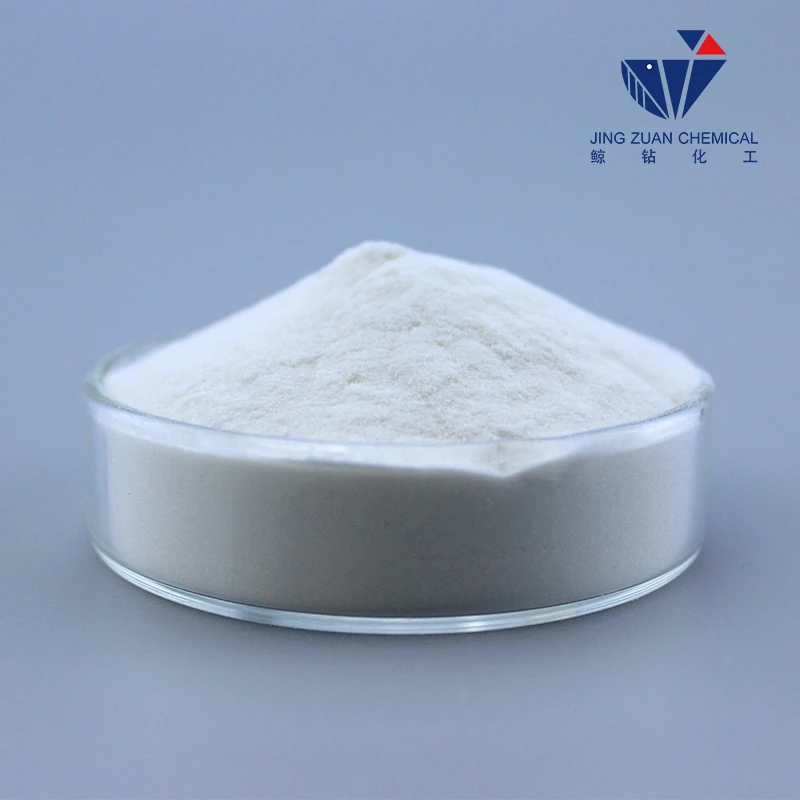
ruj . 22, 2024 10:57 Back to list
hydroxyethyl cellulose solubility
Understanding the Solubility of Hydroxyethyl Cellulose
Hydroxyethyl cellulose (HEC) is a non-ionic, water-soluble polymer derived from cellulose, a natural polymer that is abundant in plant cell walls. Due to its unique properties, HEC has a wide range of applications in various industries, including pharmaceuticals, cosmetics, food, and construction. One key aspect of HEC that is critical to its application is its solubility in water.
Understanding the Solubility of Hydroxyethyl Cellulose
Molecular weight is another significant factor influencing solubility. Hydroxyethyl cellulose can vary in molecular weight, from low to high. Lower molecular weight HEC tends to dissolve more easily, while higher molecular weight varieties may require more time or specific conditions, such as higher temperatures or agitation, to dissolve completely. This is particularly important in industrial applications where the desired viscosity and gel-forming characteristics depend on the specific type of HEC used.
hydroxyethyl cellulose solubility

Temperature plays a vital role in the solubility of HEC. As water temperature increases, the solubility of HEC also tends to improve. Higher temperatures promote molecular mobility, allowing HEC chains to interact more effectively with water molecules. This characteristic is especially beneficial in formulations where rapid dissolution is required, such as in the preparation of gels or thickening agents in food products.
When formulating products that include hydroxyethyl cellulose, it is essential to consider the interaction between HEC and other components. The presence of electrolytes or solvents can significantly affect solubility. For example, high concentrations of salts can reduce HEC’s solubility due to the salting-out effect, which occurs when ions interfere with the hydrogen bonding between HEC and water.
In summary, the solubility of hydroxyethyl cellulose is influenced by its degree of substitution, molecular weight, and the temperature of the dissolving medium. Understanding these factors allows manufacturers and formulators to select the appropriate type of HEC to meet specific needs, ensuring optimal performance in its diverse applications. Whether it’s creating a thickening agent in personal care products or acting as a binder in pharmaceutical formulations, mastering the solubility characteristics of HEC is paramount to achieving desired results.
-
Unlocking the Benefits of HPMC Products: A Gateway to Versatile Applications
NewsAug.07,2025
-
Unleashing the Potential of HPMC Ashland: A Comprehensive Look
NewsAug.07,2025
-
Tile Bonding Cellulose: The Key to Superior Adhesion and Durability
NewsAug.07,2025
-
Hydroxypropyl Methylcellulose Powder: The Versatile Component in Modern Pharmaceuticals
NewsAug.07,2025
-
Hydroxyethyl Cellulose: The Versatile Solution for Various Industries
NewsAug.07,2025
-
Hydroxyethyl Cellulose (HEC): The Versatile Polymer for Various Applications
NewsAug.07,2025







